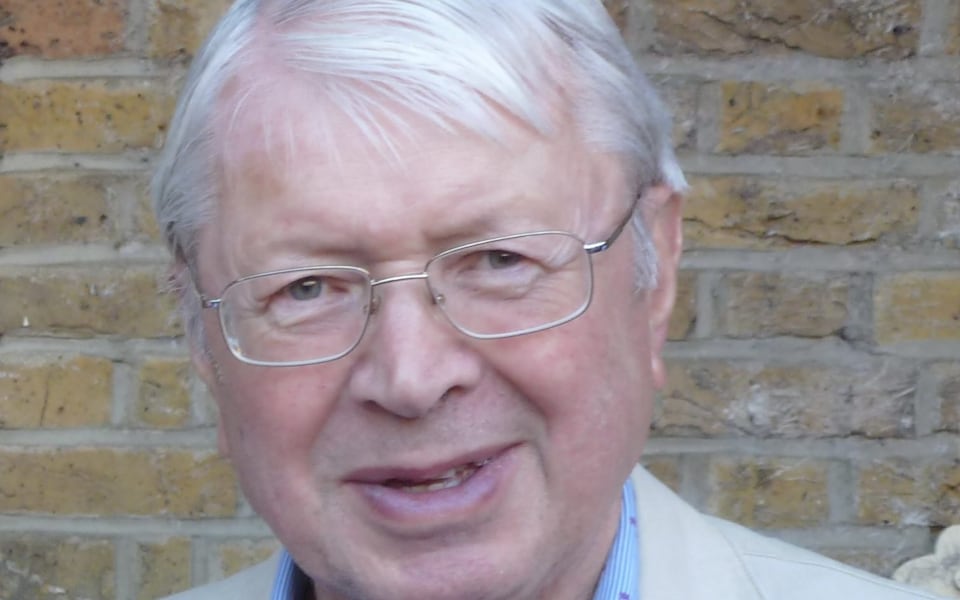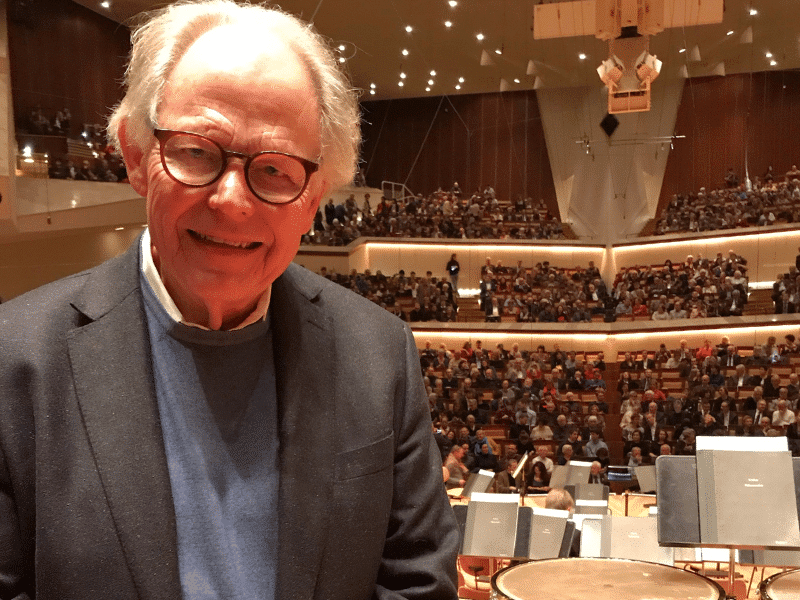Beethoven: What’s your fantasy? Not the same as mine
mainWelcome to the 56th work in the Slipped Disc/Idagio Beethoven Edition
Piano sonata no 13 ‘quasi una fantasia’, opus 27/1 (1801)
The opus number 27 contains one of Beethoven’s most enigmatic sonatas, followed his most evocative, the inimitable Moonlight.
What on earth was Beethoven getting at when he described the sonata as being ‘like a fantasy’? He left no explanation, and the repetitive nature of the opening passage, returning every four bars to E-flat major, is a significant deterrent for searchers of truth and beauty. The great British analyst Donald Tovey excused the composer by showing how the sonata ‘becomes formidable as it proceeds’, so Beethoven was maybe deceiving us with a prosaic beginning, but that thought begs more questions than it resolves. It’s as if he’s saying to the interpreter: I’m getting bored with this, you decide what it means.
There are multiple entrances to this maze. Arthur Schnabel in 1932 whispers his way in, treating the whole work as a personal confidence between the composer and himself. Wilhelm Backhaus (1952) drums out a metronomic tempo as if he were drilling young recruits. Friedrich Gulda (1953) embarks on an interior monologue of a kind we do not hear again until Glenn Gould practically rewrote the sonata to his personal predilections, singing the opening theme so loudly that the piano sounds almost like accompaniment. Even to the greatest of Gould fans, this performance runs close to an abomination.
If truth lies between the notes, Claudio Arrau (1960) is content to keep us waiting. He is sitting in a BBC studio with all the time in the world, knowing that no-one can go home until he has finished. As so often with Arrau, you really don’t want it to finish. Annie Fischer (1977) is unnaturally tentative; the surpassing authority of Emil Gilels (1980) is slightly undermined by the simplicity of his material. With Gilels, I often want to sing out loud.
So much is written about Rudolf Serkin that one easily forgets what a marvellous artist his son Peter turned into. After dropping out in the late 1960s and going to live in Mexico, Peter Serkin returned to play more or less as and when he pleased. He specialised in new works by mostly American composers but maintained a strong classical involvement and was among the first to record Beehtoven both on foretepiano and on a modern grand. He recorded this sonata for RCA in the year 2000 and gives it the refreshing insouciance of a man who has nothing to prove and is not interested in what people think. It’s a performance that has qualities of the young Gould and the mature Gilels, a truly potent blend.
Jonathan Biss (2016), son of the outstanding violinist Miriam Fried and grandson of the cellist Raya Garbousova, has similar blessings or burdens of musical ancestry. He tends to extremes in this concerto, cracking into the first presto at way over permitted speed limits, but you sense that he has demons to fight and vanquish before he can put this pesky sonata to bed. Igor Levit (2019) is, by comparison, prosaic. The Turkish pianist Fazil Say (2017) outdoes all others in the fidgetiness of his tempi; stick it out past the opening passages and rewards await. Say is a serious artist, even if he does not always sound that way on first introduction.
Put me up against a wall and press me for a final choice? Well, there is one that comes to mind.
In 1967, for the opening of the Queen Elizabeth Hall on London’s South Bank, Daniel Barenboim performed a cycle of Beethoven’s 32 piano sonatas and recorded them for EMI. It was a seminal year for the young pianist, still only 24. He was about to get married to the glorious Ebglish cellist, Jacqueline du Pre, a wedding solemnised in Israel just after the Six Day War. He was also beginning to make a parallel career as a conductor, with the English Chamber Orchestra and with some American ensembles. His life was just taking off, and the launchpad was the London cycle of Beethoven sonatas, placing him at the head of his generation.
Forty years later, when Barenboim returned to repeat the cycle, he was music director of the Staatsoper in Berlin and one of the most influential musical voices on the world stage, with frequent interventions in the Middle East deadlock and other political issues. In his second London cycle, in 2008, he sold out the huge Royal Festival Hall over the course of eight evenings and created a buzz the like of which London has seldom experienced for a sequence of piano sonatas. When the BBC asked if it could broadcast the recitals Barenboim refused, saying he did not want to give ammunition to the London critics who always took him to task for playing wrong notes. I suspect that this was an inelegant evasion: actually, he did not want the external dimension of broadcast and recording to intrude on his inner fantasy.
Among the 1967 EMI recordings, the 13th sonata is full of fantasy, taken at a fairly pedestrian pace and growing into a chase around the houses, leaving the listener in a state of uncertainty as to whether or not the whole sonata might collapse in a heap. That performance still leads the field for sheer élan, daring, devilment and decisiveness. Unformed as the pianist might be, he seems to have all the answers.
Four decades later, in a rare appearance on Decca, Barenboim is paradoxically less sure of himself, more hesitant in the opening touches, almost struggling to define differences between the persistent repetitions. Yet the more I listen the more I appreciate the mature self-doubt to the youthful cockiness, the recognition that not everything is as easy at it seems on first sight. This is a reading to treasure, a testament to the things we learn in the course of a long public life. Beyond fantasy, it finds fulfilment.







Comments